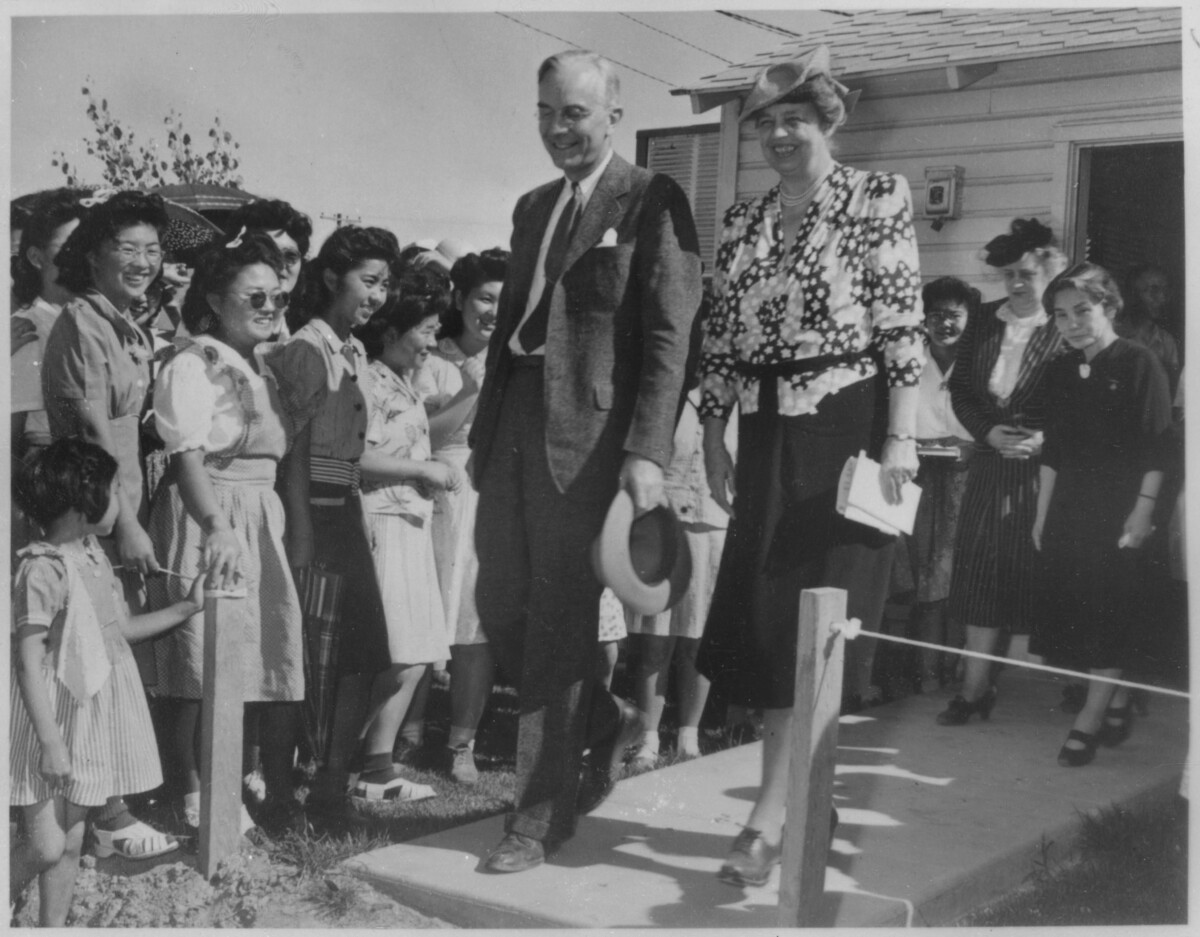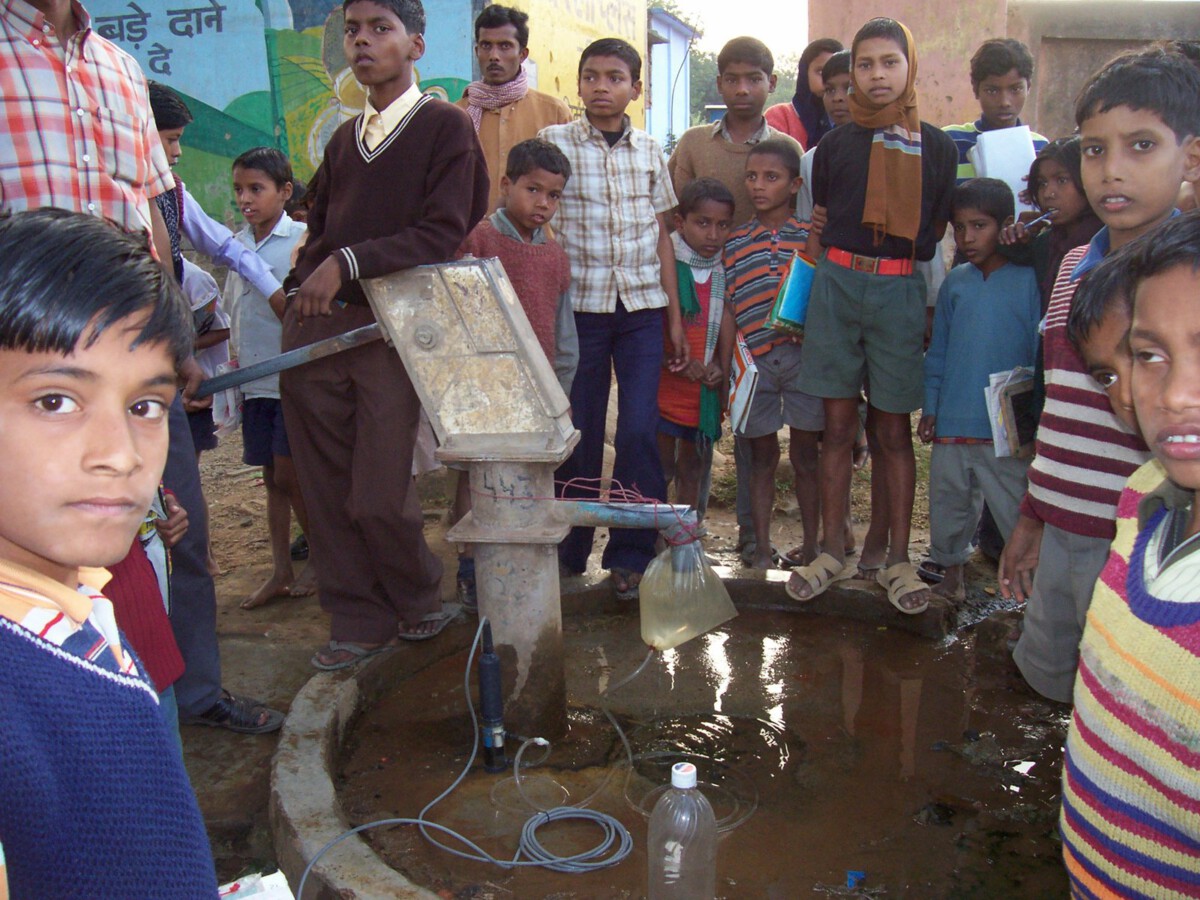The Massive Scale of Government-Sanctioned Injustice
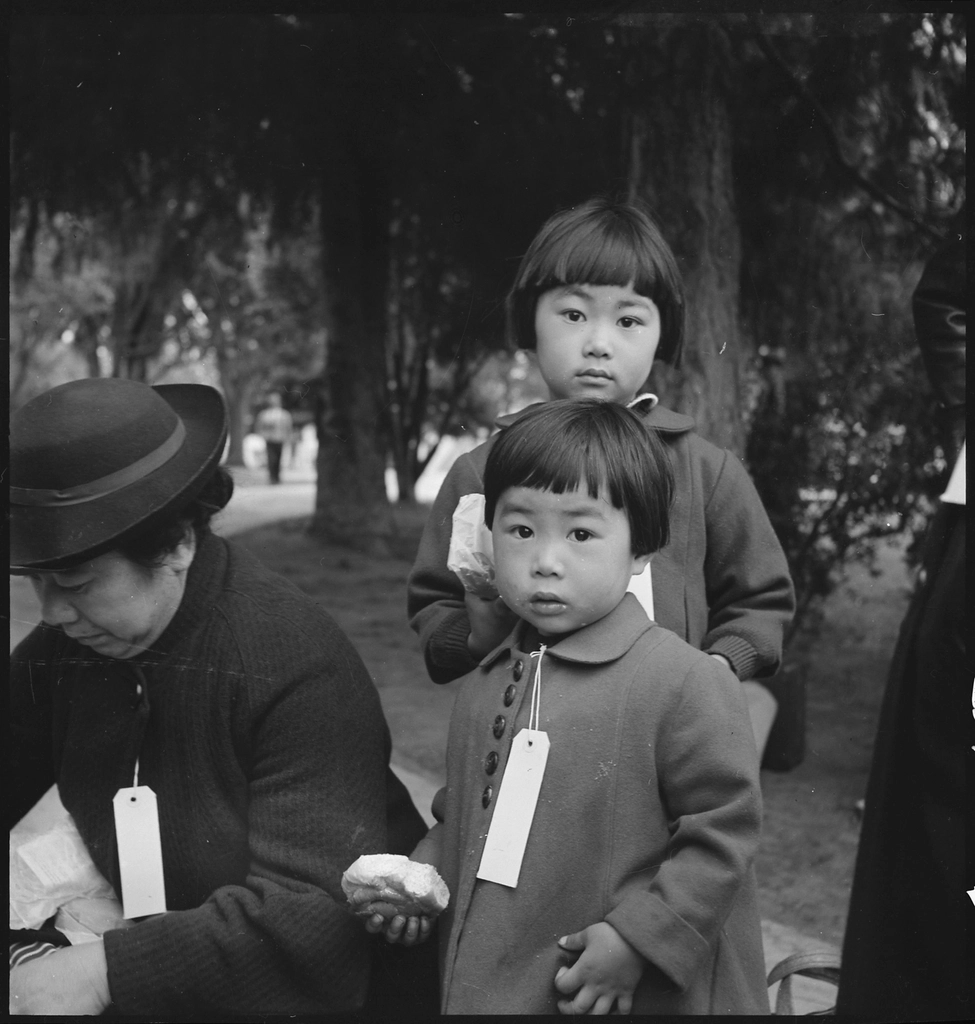
Picture this: within just ten weeks of Pearl Harbor, the United States government had authorized the removal of over 110,000 Japanese Americans from their homes on the West Coast. Between 1942 and 1945, a total of 10 camps were opened, holding approximately 120,000 Japanese Americans in California, Arizona, Wyoming, Colorado, Utah, and Arkansas. This wasn’t just a wartime security measure – it was the largest state-led removal of civilians in American history.
What makes this even more shocking is that about two thirds were full citizens, born and raised in the United States. These weren’t enemy aliens or foreign nationals – they were American citizens whose only crime was their Japanese ancestry. About 80,000 were Nisei (‘second generation’; American-born Japanese with U.S. citizenship) and Sansei (‘third generation’, the children of Nisei).
Executive Order 9066: The Legal Foundation for Mass Incarceration
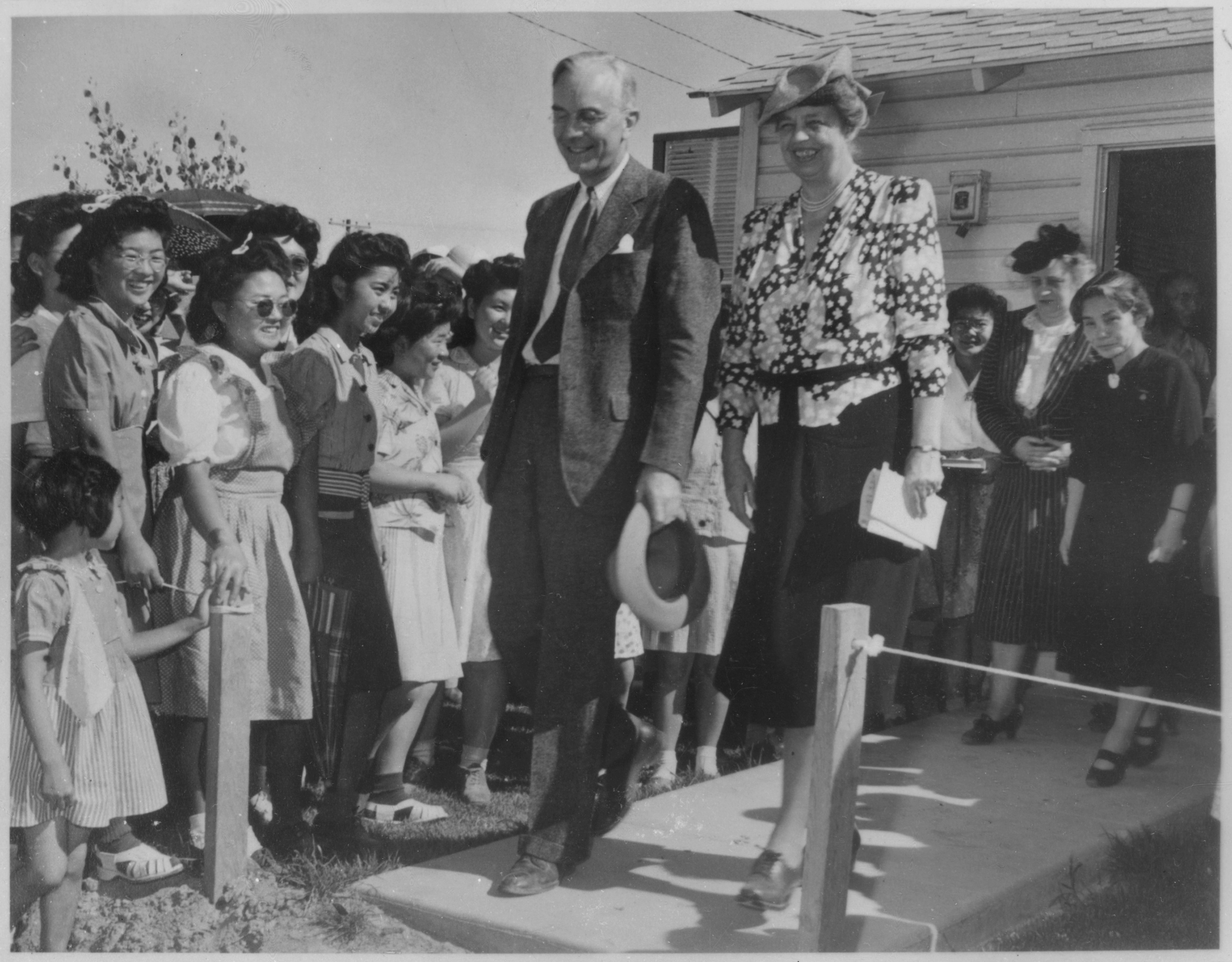
In February 1942, just two months later, President Roosevelt, as commander-in-chief, issued Executive Order 9066 that resulted in the internment of Japanese Americans. The order was signed on February 19, 1942, and it would forever change the lives of an entire community. The order authorized the Secretary of War and military commanders to evacuate all persons deemed a threat from the West Coast to internment camps, that the government called “relocation centers,” further inland.
The speed of this government action was breathtaking. The psychological stress of helplessness and uncertainty began within 24 hours of the Pearl Harbor attack. Approximately 1,500 Issei immigrant community leaders, deemed “high risk”, were abruptly taken from their homes by the FBI and sent to alien internment camps without any explanation for their arrests or information about their destination. Fear spread like wildfire through Japanese American communities as families wondered who would be next.
The Psychological Terror Before the Camps

Anxiety grew quickly throughout the Japanese American community about who would be taken next and only increased as the government froze families’ assets and swept through homes confiscating radios, cameras, and items they believed might be used to aid the enemy. Imagine government agents searching your home, taking your possessions, and freezing your bank accounts – all because of your ethnic heritage.
Panicked community members burned or buried anything that might link them to Japan, including family heirlooms. Families destroyed precious memories and cultural artifacts out of fear that owning them would make them targets. This self-inflicted cultural erasure was just the beginning of a much deeper trauma that would echo through generations.
Life in the Camps: Dehumanizing Conditions and Health Crises
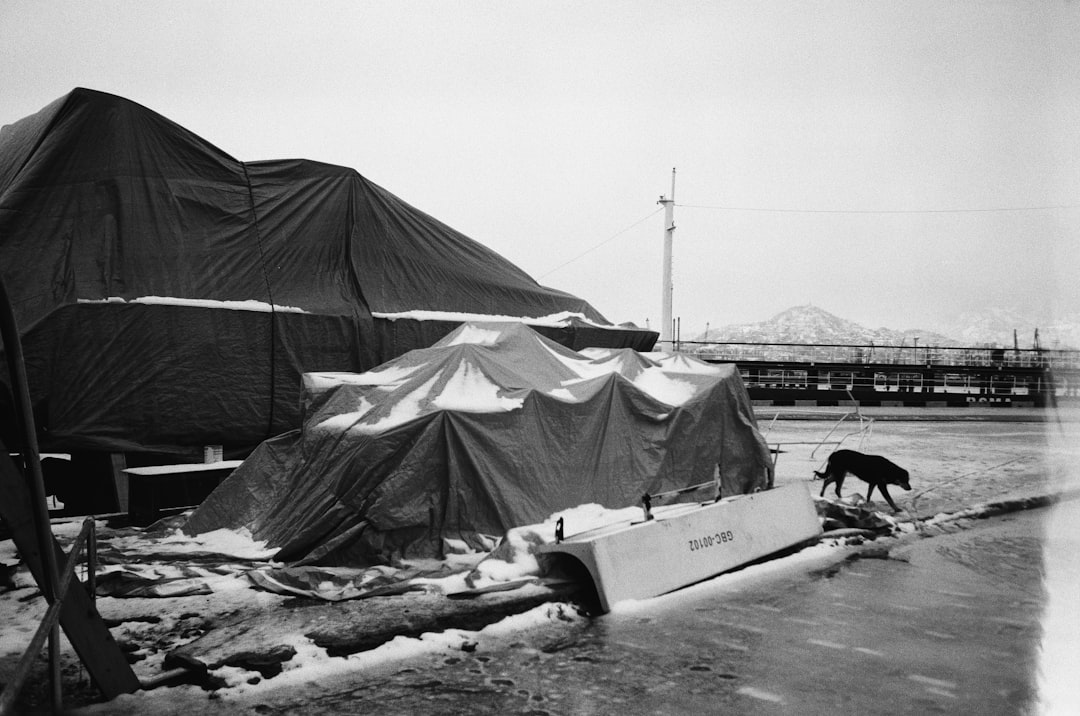
The living conditions in these camps were deliberately harsh and dehumanizing. Many assembly centres were converted race tracks and fairgrounds, meaning the evacuees had to live in horse stalls and animal quarters; in the camps, housing was barrack-style, overcrowded, and without running water. American citizens were literally housed in spaces designed for animals.
Sanitation was poor, leading to widespread outbreaks of intestinal flu and regular epidemics of dysentery, typhoid and tuberculosis across several camps; episodes of diarrhoea were very common. Further medical issues included: infantile paralysis associated with polio, ptomaine poisoning, desert silicosis, respiratory problems, malaria and sleeping sickness. Health facilities were inadequate in the camps, which led to communicable disease, malnourishment, respiratory problems, and even preventable death.
The Immediate Psychological Trauma

The mental health impact was devastating and immediate. People who were imprisoned understandably had a much higher risk of post-traumatic stress symptoms like disturbing flashbacks. One study found that over a third of Japanese Americans presented with post-traumatic stress disorder within 6 months after being released. This wasn’t just temporary distress – it was full-blown PTSD affecting thousands of people.
Even more alarming, death by suicide for Japanese Americans was double that of the national population. That was a four-fold increase compared with pre-incarceration suicide rates for this population. In fact, the suicide rate among those held in the camps increased by as much as four times prewar levels. The psychological pressure was literally killing people.
The Long-Term Physical Health Consequences

The health effects didn’t end when the camps closed. Survey data indicated that “former internees had a 2.1 greater risk of cardiovascular disease” than their noninternee counterparts. The stress and trauma of internment left permanent marks on survivors’ bodies, not just their minds.
A study of Sansei found that twice as many formerly interned fathers as noninterned fathers died before the age of 60. A Sansei (third-generation Japanese immigrants) remarks, “I strongly believe that the trauma of incarceration had a physiological effect on them. Most of my Japanese American friends’ fathers have died before the age of 60.” The internment experience literally shortened lives.
Economic Devastation and Lost Opportunities
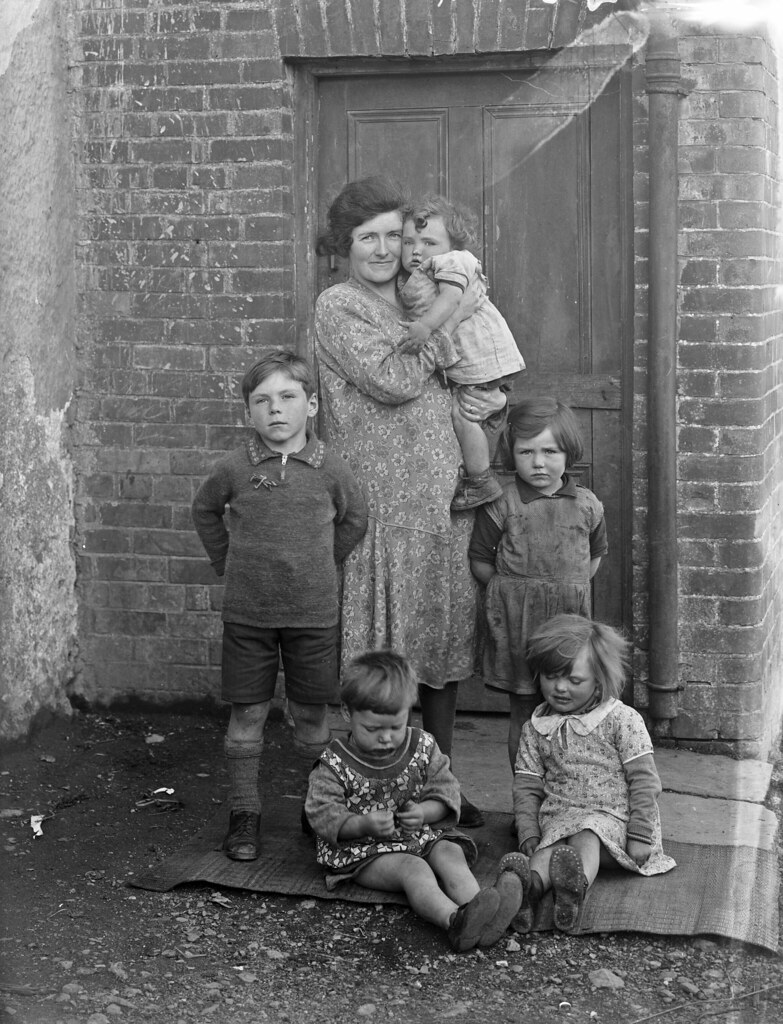
The economic impact was catastrophic and long-lasting. The labor market withdrawal induced by the internment reduced the annual earnings of males by as much as 9%–13% 25 years afterward. This wasn’t just immediate property loss – it was a permanent economic handicap that lasted decades.
Lost businesses, land, and livelihoods during internment left few economic resources for Sansei to inherit. Families who had built successful businesses and accumulated wealth over generations saw it all disappear. The American dream was literally stolen from them by their own government.
The Silence and Cultural Destruction
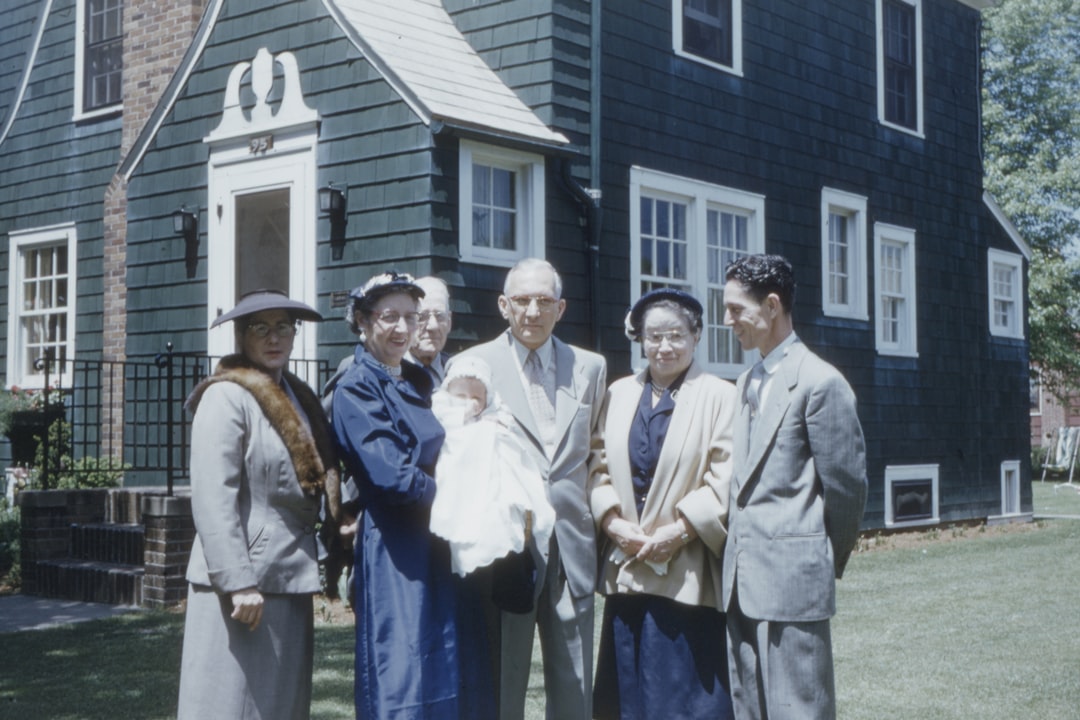
A second important trauma impact on post-incarceration parenting was the Niseis’ efforts to blend into mainstream society by de-emphasizing Japanese culture and language. This resulted in an accelerated loss of Japanese language and cultural practices for the Sansei. Survivors tried to protect their children by erasing their own heritage.
Despite the trauma associated with internment, several researchers have observed that most Japanese American families were silent about what happened. In one study, many Sansei reported having had approximately 10 brief conversations in their lifetime with their parents about the “camps.” Parents avoided the topic altogether or spoke of it in curt or evasive ways. This silence became its own form of trauma.
Intergenerational Trauma: The Wounds That Don’t Heal
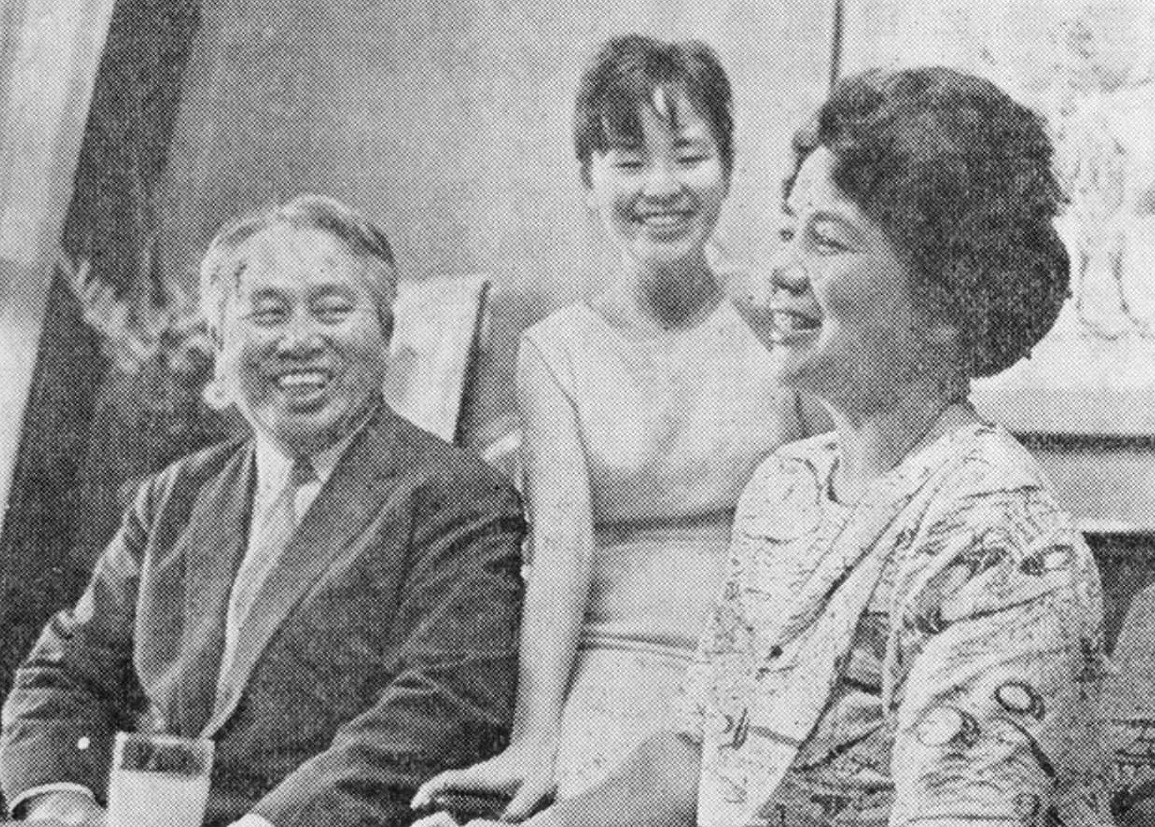
The forced removal and incarceration of Japanese Americans caused a profound loss of cultural and individual identity, leading to the development of historical and cultural trauma among survivors and their descendants. This study demonstrates that trauma suffered during childhood has long-lasting impacts not just for the individuals directly impacted, but also for their children.
Attempting to protect their Sansei children from further targeting, former internees minimized or omitted the teaching of Japanese language and culture and urged their children to blend into mainstream American culture and achieve scholastically. In turn, Sansei experienced a loss of identity, family history, and a self-consciousness about their ethnicity. The trauma created a cycle of cultural loss that affected multiple generations.
The Fight for Justice: The Redress Movement

Beginning in the 1960s, a younger generation of Japanese Americans, inspired by the civil rights movement, began what is known as the “Redress Movement”, an effort to obtain an official apology and reparations from the federal government for incarcerating their parents and grandparents during the war. This wasn’t just about money – it was about recognition and healing.
In 1978, the Japanese American Citizens League (JACL) formed the Redress Committee and appointed John Tateishi as its chair. The JACL and Tateishi went to the Hill to meet with California Representatives Mineta and Robert Matsui, as well as Senators Daniel Inouye and Spark Matsunaga. Tateishi says the redress campaign was less about the compensation for those who had already suffered and more about the next generation of Americans. “There is a saying in Japanese culture, ‘kodomo no tame ni,’ which means, ‘for the sake of the children.’ And for us running this campaign, that had much to do with it”.
The Commission and the Truth

In 1980, under the Carter administration, Congress established the Commission on Wartime Relocation and Internment of Civilians (CWRIC) to study the matter. On February 24, 1983, the commission issued a report entitled Personal Justice Denied, condemning the incarceration as unjust and motivated by racism and xenophobic ideas rather than factual military necessity.
In 1980, however, Congress formed the Commission on Wartime Relocation and Internment of Civilians to assess the circumstances surrounding the incarceration. In addition to reviewing extensive documents and records, the commission gathered testimonies from over 750 witnesses in 20 cities across the country. Many of those who testified were former incarcerees who, for the first time since the war, spoke of the suffering they endured. For many survivors, these hearings were the first time they had spoken publicly about their experiences.
The Civil Liberties Act of 1988: A Historic Victory
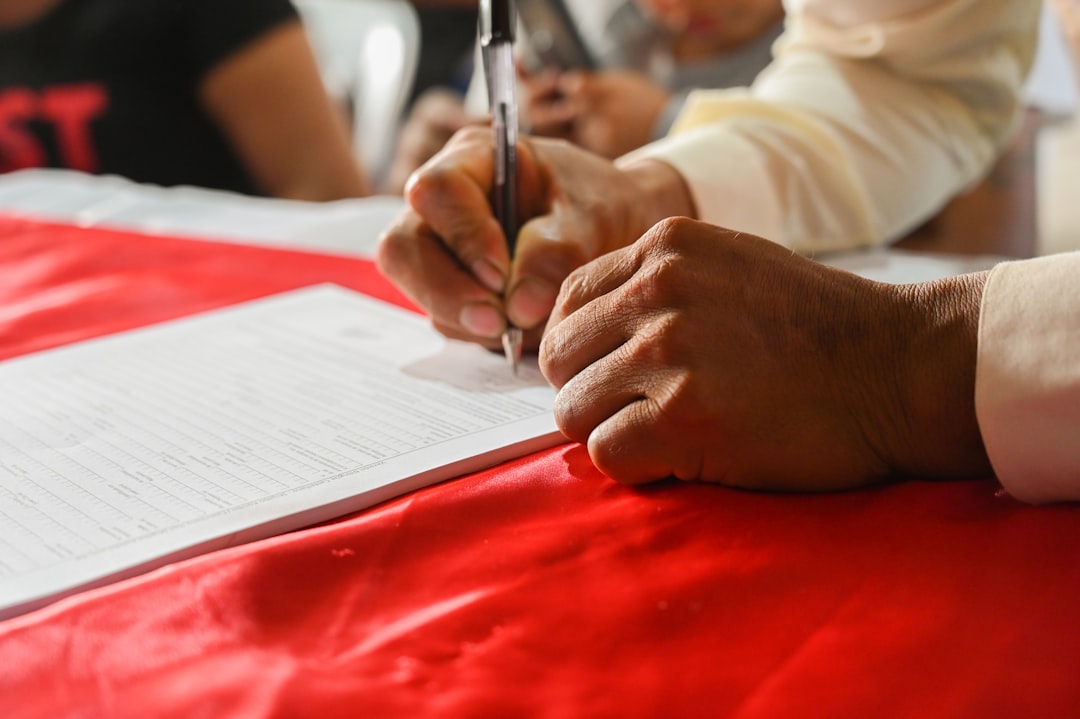
In 1988, President Ronald Reagan signed the Civil Liberties Act of 1988, which officially apologized and authorized a payment of $20,000 to each former detainee who was still alive when the act was passed. The legislation admitted that the government’s actions were based on “race prejudice, war hysteria, and a failure of political leadership.” This was a momentous admission of guilt from the U.S. government.
The act granted each surviving internee $20,000 in compensation, equivalent to $44,000 in 2023, with payments beginning in 1990. By 1992, the U.S. government eventually disbursed more than $1.6 billion (equivalent to $4.25 billion in 2024) in reparations to 82,219 Japanese Americans who had been incarcerated.
The Day of Remembrance: Never Forgetting
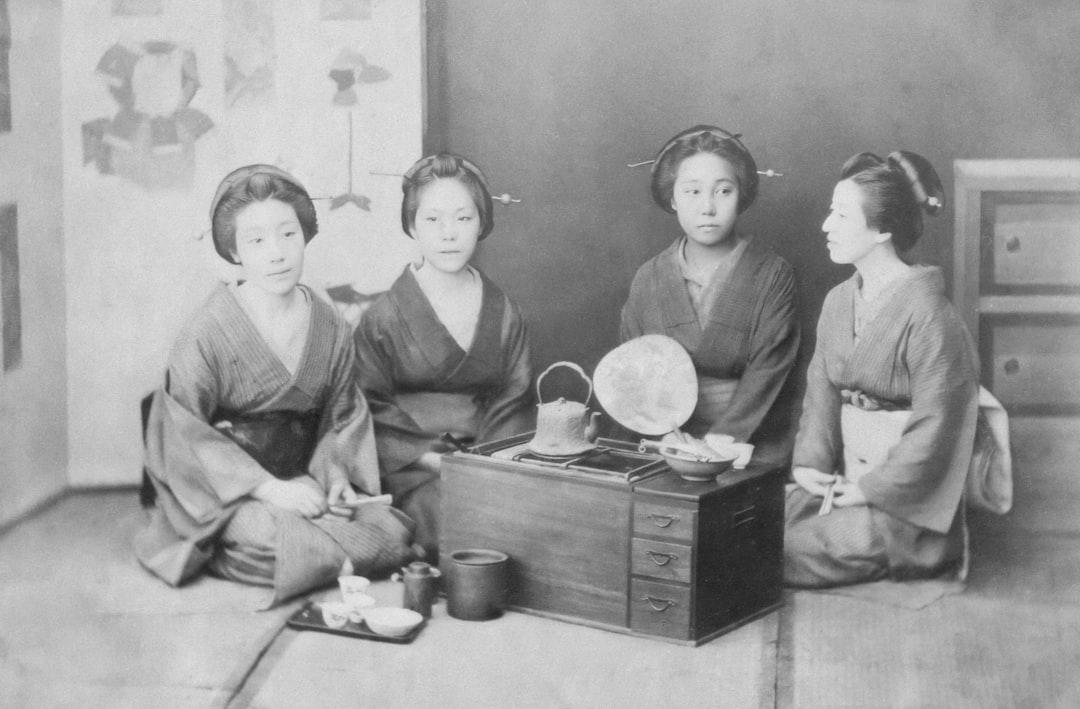
The Day of Remembrance (DOR, Japanese: 追憶の日, Tsuioku no Hi) is a day of commemoration for the incarceration of Japanese Americans during World War II. It is a day for Americans of Japanese descent to reflect upon the consequences of Executive Order 9066. The Day of Remembrance also creates a space for the facilitation of dialogue and informing the public about the repercussions of such government action.
Events in numerous U.S. states, especially in the West Coast, are held on or near February 19, the day in 1942 that Executive Order 9066 was signed by President Franklin D. Roosevelt, requiring internment of all Americans of Japanese ancestry. More recently, in 2023, the Day of Remembrance was celebrated at the Japanese American National Museum in Los Angeles.
Modern Relevance and Ongoing Impact
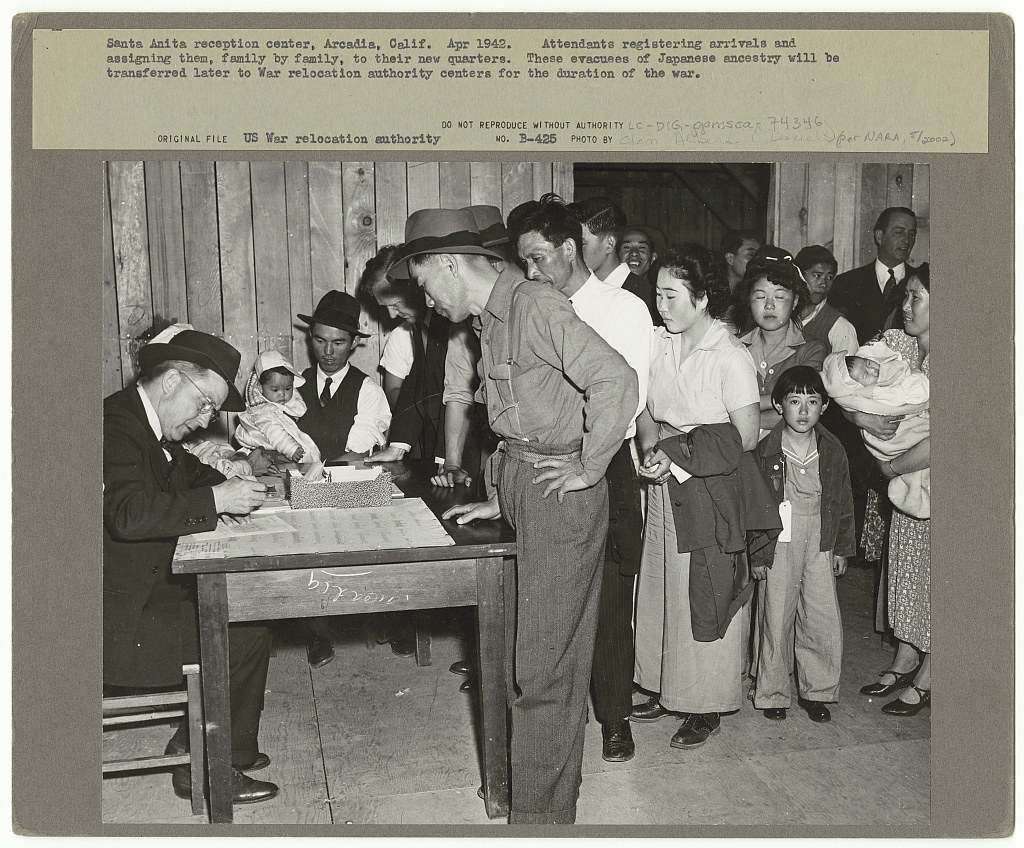
Last weekend marked the 82nd anniversary of the signing of Executive Order 9066, which authorized the forced removal and incarceration of more than 125,000 Japanese Americans during World War II. At both sites, we heard powerful testimonies from incarceration survivors past and present, and calls to action to stand with those held inside the Northwest Detention Center today. The legacy continues to inform contemporary discussions about civil liberties and immigration.
As Tsuru for Solidarity leaders Mike Ishii and Stan Shikuma wrote in The Seattle Times, “It is not enough to commemorate a grave past injustice. We must act together to stop the current one.” Survivors and their descendants continue to connect their historical experience to modern struggles for justice.
Across two experiments, exposure to a brief informative video on Japanese American incarceration and subsequent reparations led to greater support among Asian Americans for the payment of reparations to Black Americans. The story of Japanese American redress continues to inspire other communities seeking justice and reparations.
Conclusion
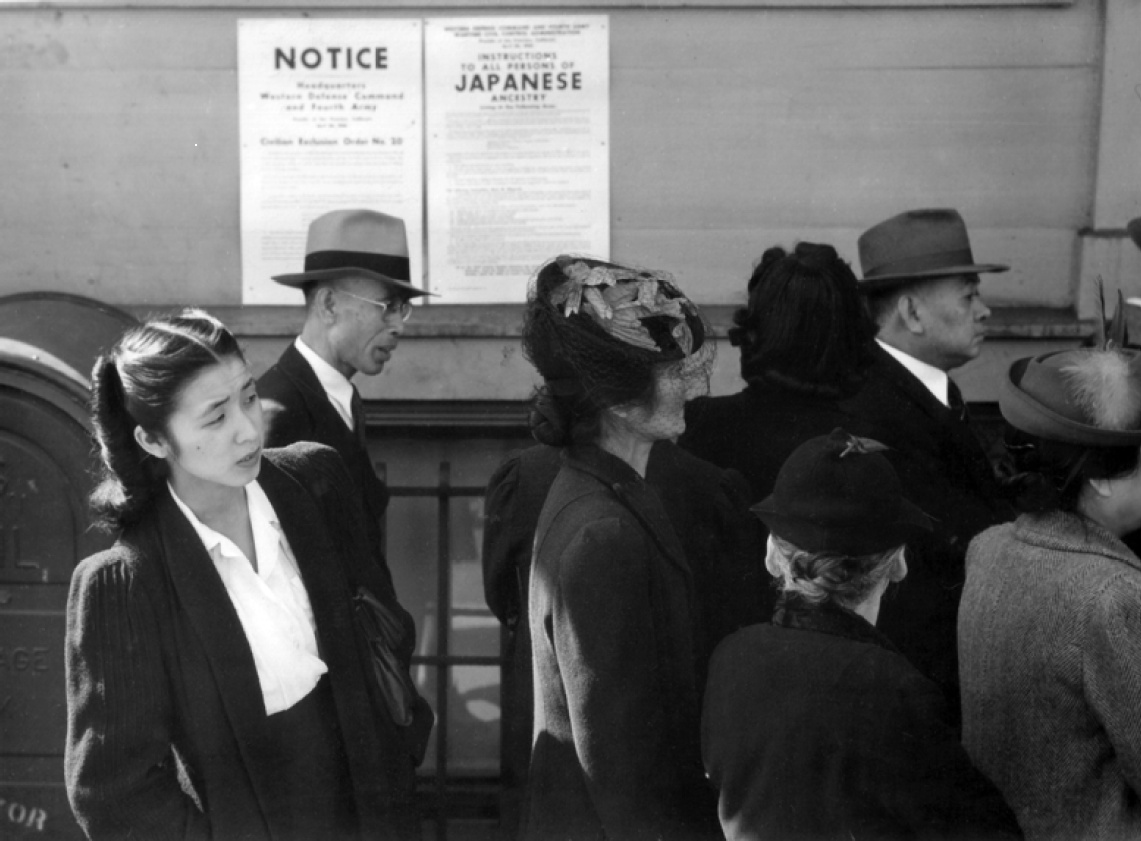
The legacy of Japanese American internment during World War II extends far beyond the barbed wire and guard towers of the camps themselves. It’s a story of systematic racism, government overreach, and the devastating power of fear to override constitutional rights. But it’s also a story of resilience, courage, and the long fight for justice that ultimately prevailed.
The trauma inflicted on over 120,000 Japanese Americans didn’t end when the camps closed in 1945. It echoed through generations, affecting health, economic prospects, cultural identity, and family relationships. Yet from this dark chapter emerged a powerful movement for civil rights that achieved something remarkable: a formal apology and reparations from the U.S. government. The Japanese American experience stands as both a warning about what can happen when prejudice and fear overtake justice, and proof that even the most entrenched injustices can be acknowledged and addressed through persistent advocacy and moral courage.

